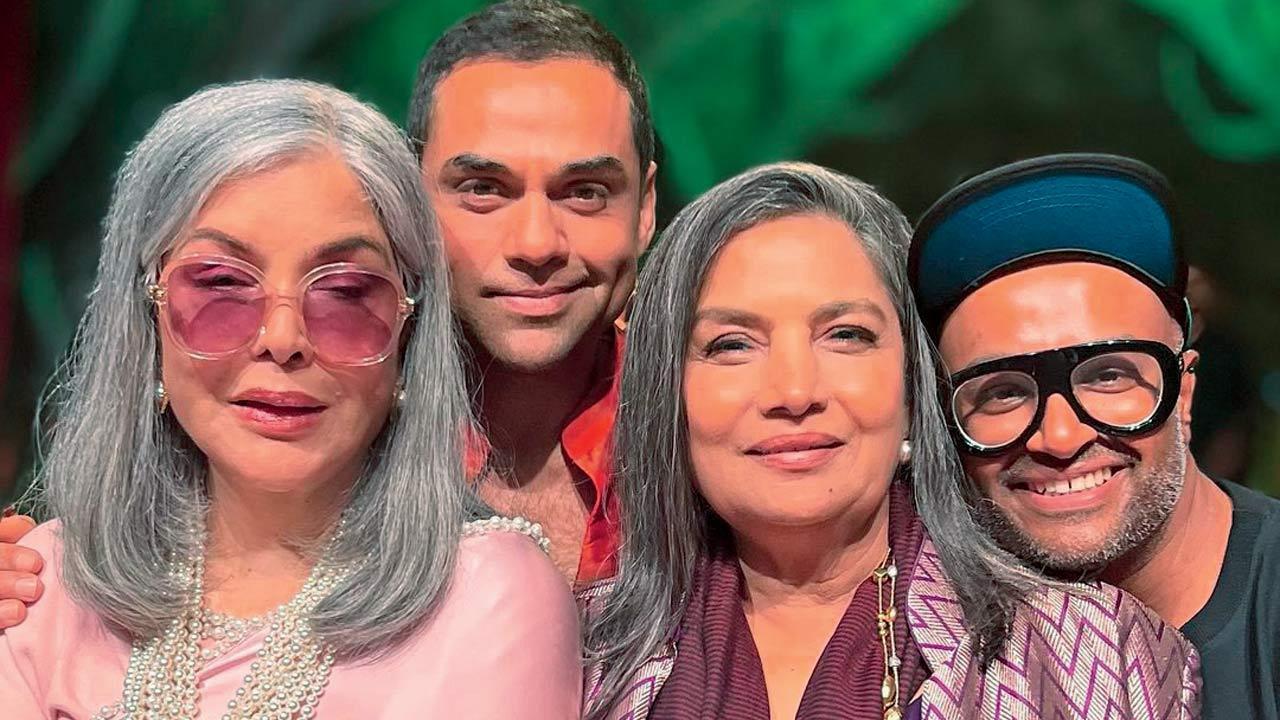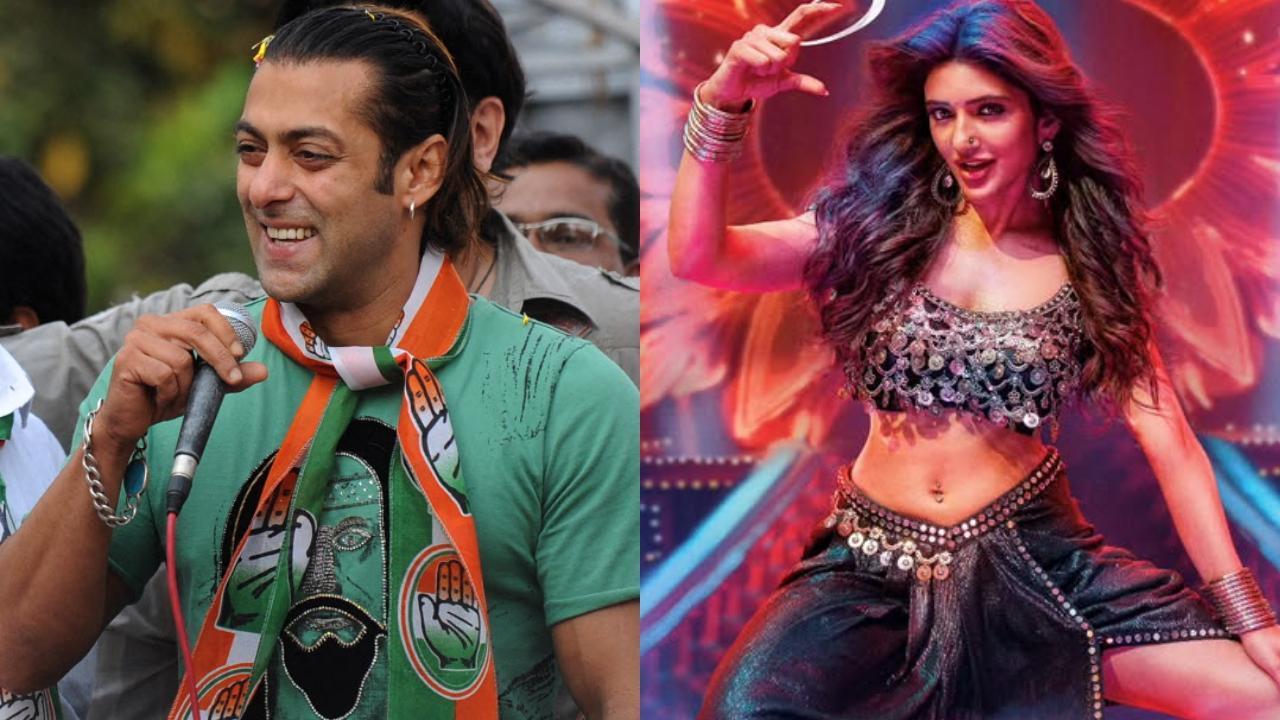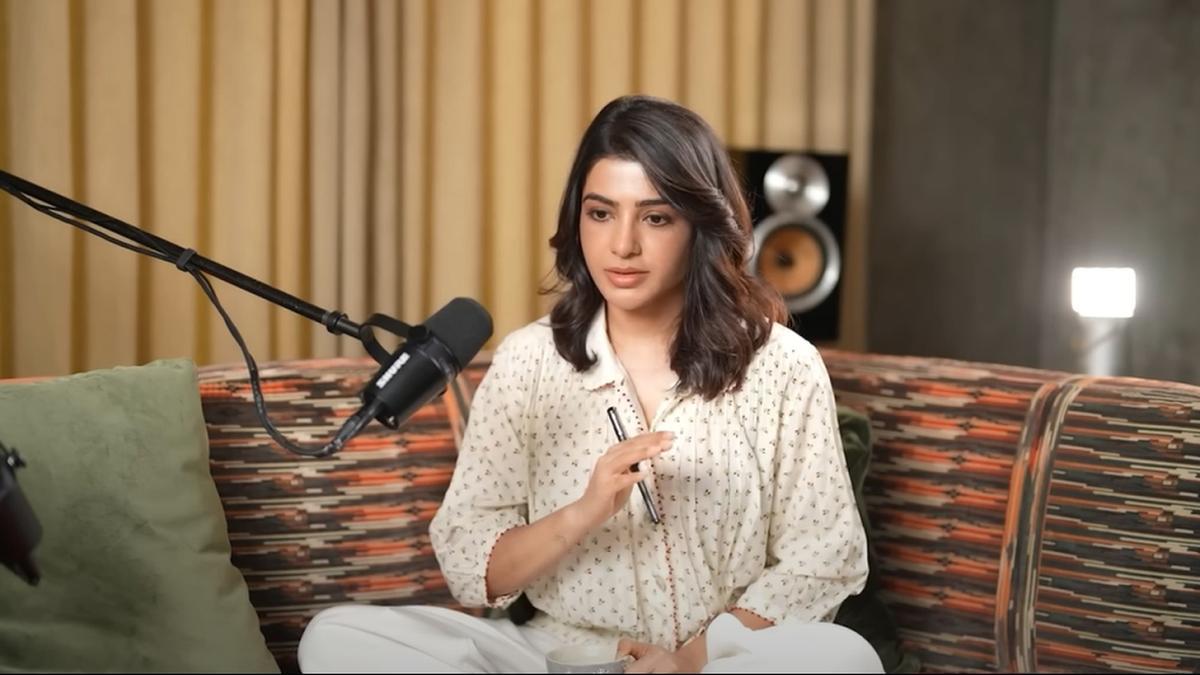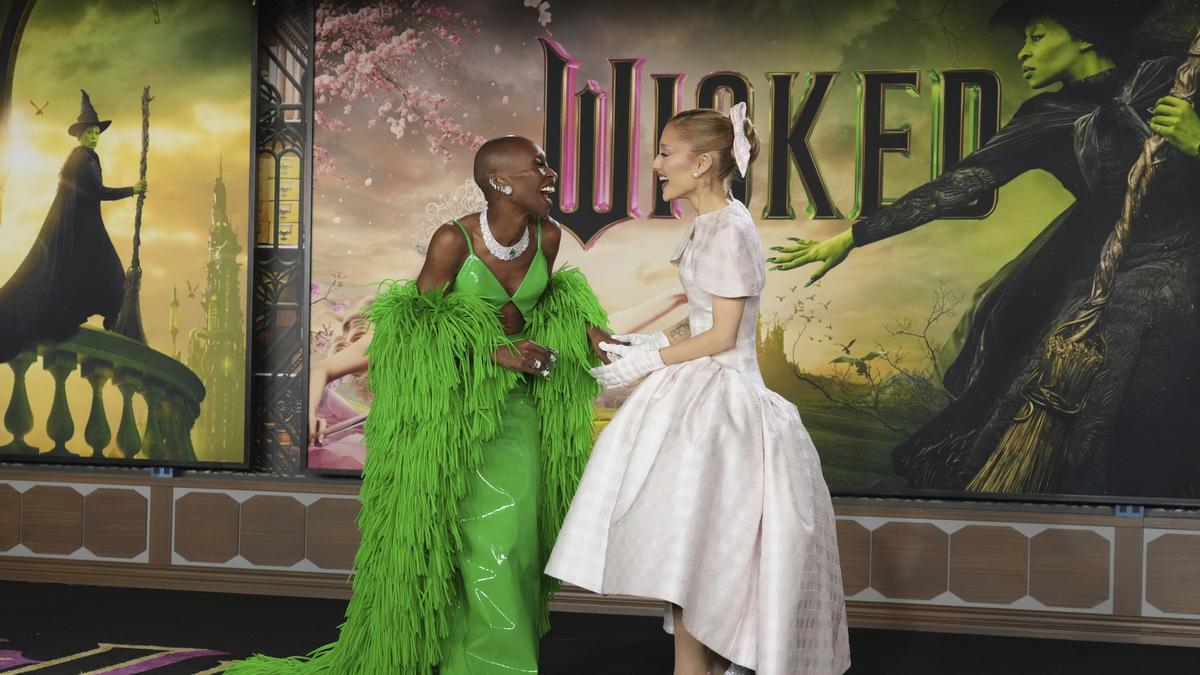
In an unexpected confluence of cultures, Thomas Vo Van Tao stands out as one of the rare male exponents of Mohiniyattam, a classical dance traditionally performed by women. Residing in France, Thomas is known for his expressive abhinaya, which has captivated audiences across the globe. Beginning his journey with Bharatanatyam, Thomas found his true calling and sense of artistic fulfillment in the fluid movements of Mohiniyattam. His aesthetics and approach to the dance were further honed under the tutelage of Neena Prasad, a renowned Mohiniyattam teacher. Today, Thomas not only performs extensively but also teaches Mohiniyattam in Paris.
**A Fascinating Beginning**
When asked what initially drew him to Indian classical dance, Thomas reminisces, “I was around eight when I happened to watch a documentary on South India on TV. At the end, there was a short excerpt of a couple dancing together, and it left me fascinated.” This moment sparked his lifelong passion, leading him eventually to more than a decade of Bharatanatyam training. However, it was a trip to Kerala that introduced him to Mohiniyattam, which he describes as a “revelation” from the very first class.
**Embracing Femininity**
Mohiniyattam, often referred to as the dance of the enchantress, has been predominantly associated with female dancers, but Thomas found something uniquely resonant in its vocabulary and pace. “I stopped Bharatanatyam and veered towards Mohiniyattam for the feeling of plenitude I experience every time I dance it,” he explains. The dance’s slower tempo and graceful movements provided him with a canvas that allowed for deeper personal expression. He further adds, “As a Bharatanatyam student and dancer, I was only taught compositions that would supposedly highlight my masculinity. Mohiniyattam gave me ample space to explore and fully embrace my gender in its complexity.”
**Language Barriers**
On the subject of language, Thomas is philosophical. “When it comes to dance compositions, I don’t think language is more of an obstacle for me than it is for any other Indian dancer from India.” He notes that many Bharatanatyam dancers, irrespective of their native tongues, rely on translations and the assistance of friends to grasp the meaning of Telugu and Tamil lyrics. He also challenges the misconception that Mohiniyattam’s entire repertoire is in Malayalam or Manipravalam. “The first Varnam taught in Kalamandalam was in Telugu and not Malayalam,” he points out, debunking the notion of Mohiniyattam as solely a regional dance form.
.
**Academic Insights**
Thomas’s academic inclination also colors his practice. Having written his Masters’ thesis on the contemporary history of Bharatanatyam, he acknowledges that his research impacted his decision to transition from Bharatanatyam. “I was conflicted between what I was reading about the history and what was being taught in dance class,” he said, noting discrepancies between the bhakti-loaded repertoire and historical accounts. Although he hasn’t conducted formal research on Mohiniyattam, he avidly reads everything available to understand its evolution better. The scarcity of academic work on Mohiniyattam, especially pre-Kalamandalam practices, poses a unique challenge in his scholarly pursuits.
**Cultural Reconciliation**
Living and working in France, Thomas has performed extensively in Europe. This geographical and cultural separation poses its own set of challenges. “There is a long tradition of non-Indian practitioners of Indian dance in France,” he observes, citing early pioneers like Simkie from the 1930s. Despite this, Thomas often finds himself working against entrenched preconceptions. “Reconciling my experience in India and people’s perception of Indian dances can indeed be challenging. The audience often comes to see what they consider exotic or ancient, often with preconceived notions based on the so-called revival of Indian dances.” For Thomas, bridging this gap requires more than a single class or a brief conversation; it is an ongoing endeavor involving performances and spreading awareness about the art form.
**A Contemporary Art Form**
The question of Mohiniyattam’s contemporary relevance is often posed to Thomas. “Mohiniyattam or Indian dance, for that matter, is not bound by time and space,” he asserts. He believes that as long as it is practiced by people of today, it remains contemporary and even ahead of its time. “It asks us to slow down and observe,” he muses, alluding to the introspective nature of dance.
The journey of Thomas Vo Van Tao, from an eight-year-old fascinated by an Indian dance documentary to an accomplished Mohiniyattam artist, serves as a testament to the transformative power of art. His story challenges gender norms, cultural barriers, and regional confines, showcasing the universal appeal of dance. Through his performances and teachings, Thomas continues to share his passion and deepened understanding of Mohiniyattam, leaving an indelible mark on both the dance form and those who experience it.










